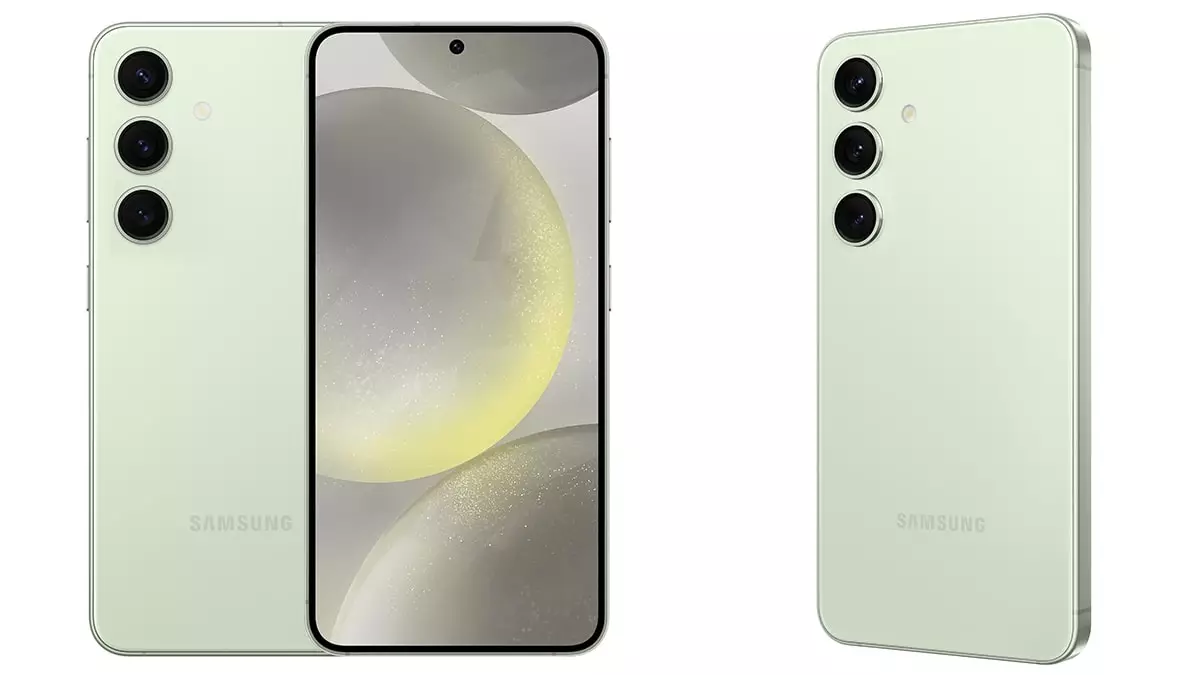In an evolving smartphone landscape, Apple and Samsung are reportedly gearing up to introduce new iPhone and Galaxy S models that embrace a sleeker, slimmer design. This shift towards minimalist aesthetics indicates a potential preference among consumers for lightweight devices that don’t compromise on performance. According to recent reports, Apple’s iPhone 17 Slim (also referred to as iPhone 17 Air) is anticipated to launch in the latter half of 2025, possibly sparking a revolution in mobile design. On the other hand, Samsung is considering a similar evolutionary step with its Galaxy S25 Slim, thereby entering a competitive race for the slimmest and most functional devices.
While it remains uncertain whether Apple’s new model will fully replace its existing Plus variant, the implications of introducing a “Slim” edition cannot be overstated. For both tech giants, producing a model that caters to the increasing demand for portability without sacrificing technology is a noteworthy challenge. Reports from South Korean media hint that Samsung’s S25 Slim will only see limited production initially, a cautious strategy that will allow the company to gauge market response before committing to a broader release. Such a method highlights a growing trend in the tech industry where companies prefer to test consumer reactions before launching full-scale production, thereby minimizing financial risks associated with new product lines.
The competition between Apple and Samsung is fierce, and with both companies aiming to debut their slim models around the same time, consumers will benefit from the subsequently improved offerings. The potential for a neutralizing effect on pricing and feature sets exists as both firms may be compelled to match each other’s innovations. It’s important to note that while the iPhone 17 Slim and Galaxy S25 Slim are expected to be comparable in their design philosophy, their internal specifications—such as the application of advanced chip technology and proprietary features—will remain a critical differentiator. For instance, the Galaxy S25 series is reported to run on the Snapdragon 8 Elite chipset, introducing enhancements in AI functionalities and performance.
These developments reflect a broader shift in consumer preferences for slim, lightweight devices that are easy to handle. Both Apple and Samsung’s focus on this style suggests a recognition that the future of smartphone design will likely prioritize ergonomics and portability as much as technology. As each company counts down to the anticipated launches, there is a palpable sense of excitement in the air. If either company manages to set a new standard through this slim model introduction, it could shape the smartphone market for years to come.
In summation, as we stand on the cusp of these significant design changes in Apple and Samsung’s flagship models, the unfolding narrative signifies more than just a shift in aesthetics—it’s indicative of a competitive landscape actively molded by consumer preferences transforming the way we perceive and interact with our mobile devices.


Leave a Reply